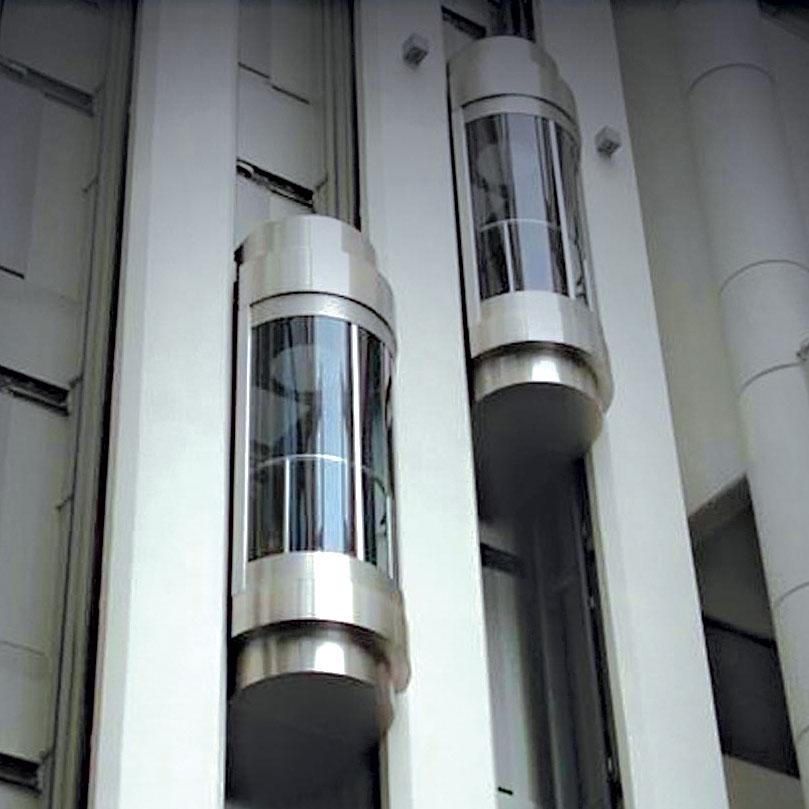We Maintain Lifts with Precision: Ensuring Security and Performance
Wiki Article
Looking Into the Globe of Lifts: Usual Problems Faced by Different Lift Mechanisms
As we browse through the vertical transport systems of modern-day buildings, lifts stand out as an indispensable element of our everyday lives. From hydraulic lifts to grip systems and machine-room-less designs, each lift type comes with its set of common issues.Hydraulic Elevators
Hydraulic lifts, usually preferred for low-rise buildings, utilize fluid pressure to regulate the movement of the elevator automobile (lift repair companies). This system includes a hydraulic pump pressing oil right into a cyndrical tube, creating the elevator to relocate the preferred direction. While hydraulic elevators are understood for their smooth and peaceful procedure, they do include their very own collection of typical problemsOne widespread trouble with hydraulic lifts is oil leakage. Additionally, problems with the control system, such as faulty shutoffs or a malfunctioning pump, can create interruptions in the elevator's movement.
Normal upkeep and punctual repair services are necessary to make sure the smooth functioning of hydraulic lifts. By resolving these typical problems proactively, structure proprietors can reduce downtime and ensure the safety and security and performance of their upright transportation system.
Grip Elevators
When considering upright transportation systems in structures, one more common kind apart from hydraulic elevators is the grip elevator. Grip lifts operate using a system of ropes and counterweights that relocate the elevator car by clutching onto the hoist ropes. This system permits for smoother and quicker upright transportation contrasted to hydraulic systems.Among the common problems faced by traction lifts is rope wear. The continuous activity of the ropes within the traction system can bring about use and tear in time, possibly causing the lift to malfunction or end up being unsafe for use. Normal evaluations and upkeep of the ropes are important to make certain the elevator's appropriate performance and safety.
One more concern that traction elevators might encounter is connected to the control system. Troubles with the control system can lead to problems such as irregular motion, hold-ups in feedback times, and even total closures. Normal testing and maintenance of the control system are essential to protect against such issues and guarantee the lift's dependability.
Machine-Room-Less (MRL) Lifts

Among the vital elements of MRL elevators is the portable gearless traction equipment that is set up within the hoistway. This equipment effectively drives the elevator cars and truck without the demand for large tools discovered in traditional grip elevators. Additionally, MRL elevators generally make use of a counterweight system to stabilize the vehicle, more enhancing their power performance.
Regardless of their advantages, MRL elevators may encounter obstacles connected to repair and maintenance due to the confined area for devices installment. Accessibility for servicing components within the shaft can be limited, needing specialized training for specialists. Correct upkeep timetables and regular inspections are important to make sure the ongoing smooth procedure of MRL lifts.
Overloading and Weight Restriction Issues
Are lifts outfitted to take care of excess weight lots efficiently and securely? Straining and weight limit issues are critical concerns in lift procedures. Lift makers style lifts with particular weight capabilities to guarantee traveler safety and equipment long life. Exceeding these weight limitations can result in various problems, including mechanical failings, hold-ups, and security risks.When elevators are strained, it places extreme strain on the motor, wires, and other components, possibly triggering break downs or malfunctions. Safety and security devices such as sensors and overload sensors remain in place to stop elevators from relocating if they find excess weight. Furthermore, exceeding weight restrictions can result in boosted energy usage and wear and tear on the lift system.
To mitigate overwhelming issues, developing supervisors ought to plainly show weight limits in elevators and enlighten residents on the relevance of adhering to these constraints - lift repair companies. Regular maintenance checks by certified specialists can additionally help make sure that lifts are operating within risk-free weight criteria. By addressing overloading and weight limitation concerns proactively, building owners can enhance lift safety and security and efficiency
Electric System Failings
Exceeding weight limits in elevators can not just result in mechanical problems yet also potentially contribute to electrical system failures within the lift facilities. Electric system failings are an important concern in elevator operation, as they can cause unforeseen shutdowns, breakdowns, and even safety and security threats. One common electrical problem is the getting too hot of components due to excessive current flow triggered by overwhelming the elevator beyond its capacity. This can lead to damage to the control, electrical wiring, or electric motor systems, leading to expensive repair services and downtime.Additionally, power surges or fluctuations in the electric supply can additionally interfere with the elevator's operation, influencing its efficiency and safety. These electric disruptions can damage delicate elevator elements such as control panels, circuit boards, or sensing units, resulting in system failures. Routine maintenance and inspections are critical to determine and address possible electrical concerns immediately, guaranteeing the secure and effective operation of lift systems. By adhering to weight limitations and performing routine electric system checks, building proprietors can reduce the threat of electrical failings in elevators.
Conclusion

Hydraulic elevators, usually chosen for low-rise structures, use fluid pressure to manage the movement of the elevator car.When thinking about upright transportation systems in structures, another typical kind aside from hydraulic lifts is the disabled platform lifts prices uk traction elevator. Grip elevators operate making use of a system of ropes and counterweights that relocate the lift vehicle by clutching onto the hoist ropes. Unlike traditional lifts that call for a separate maker area to house the equipment, MRL lifts incorporate most of the components within the shaft, removing the demand for a devoted maker area.In conclusion, elevators deal with usual issues such as hydraulic malfunctions, traction system failings, and electric system troubles.
Report this wiki page